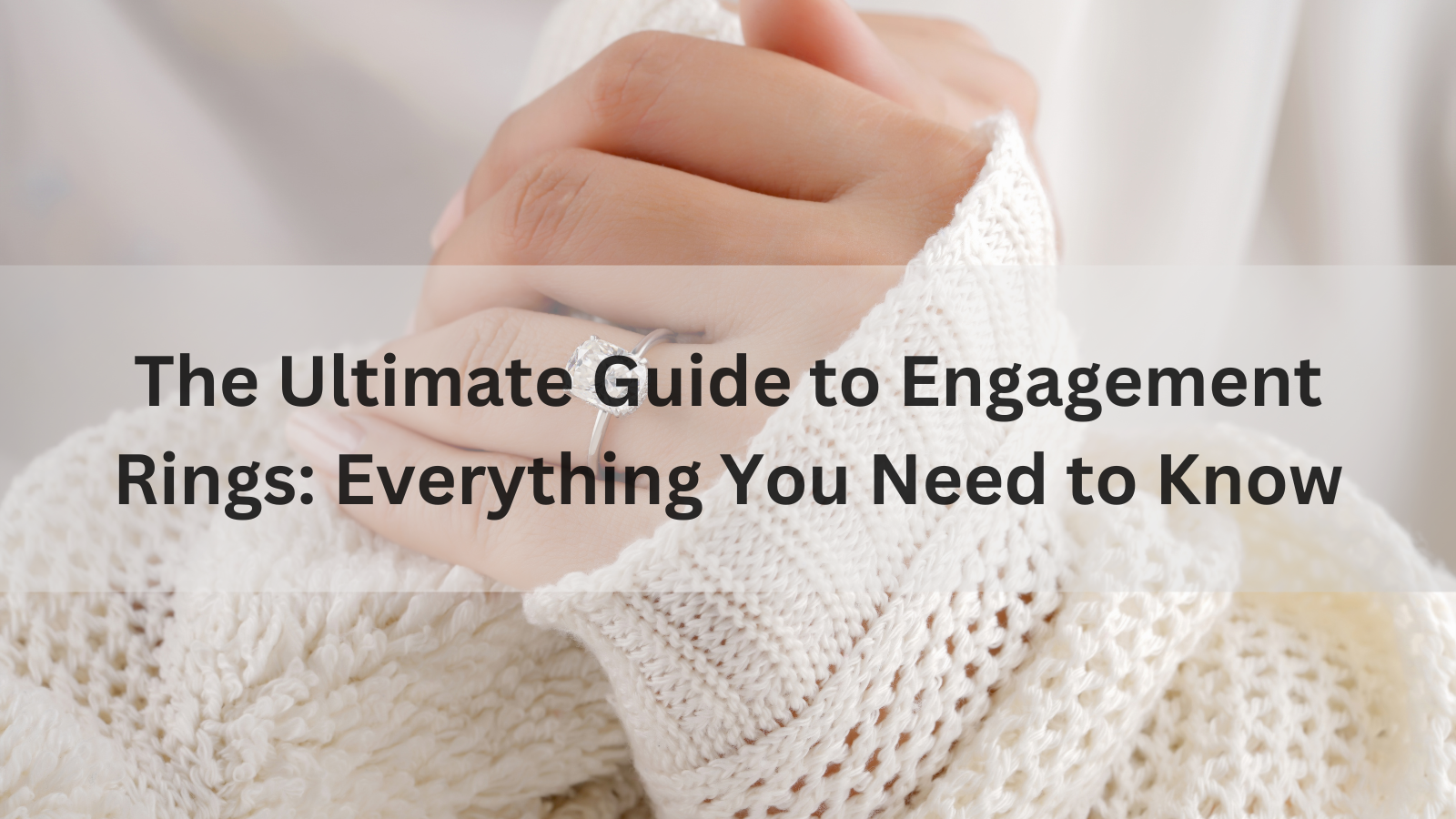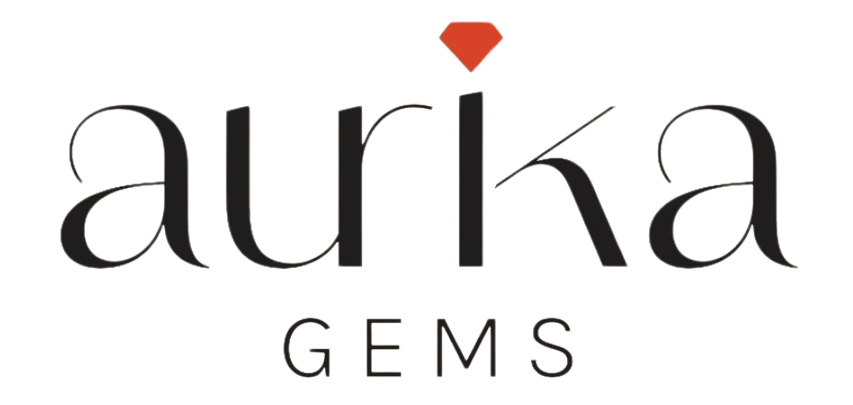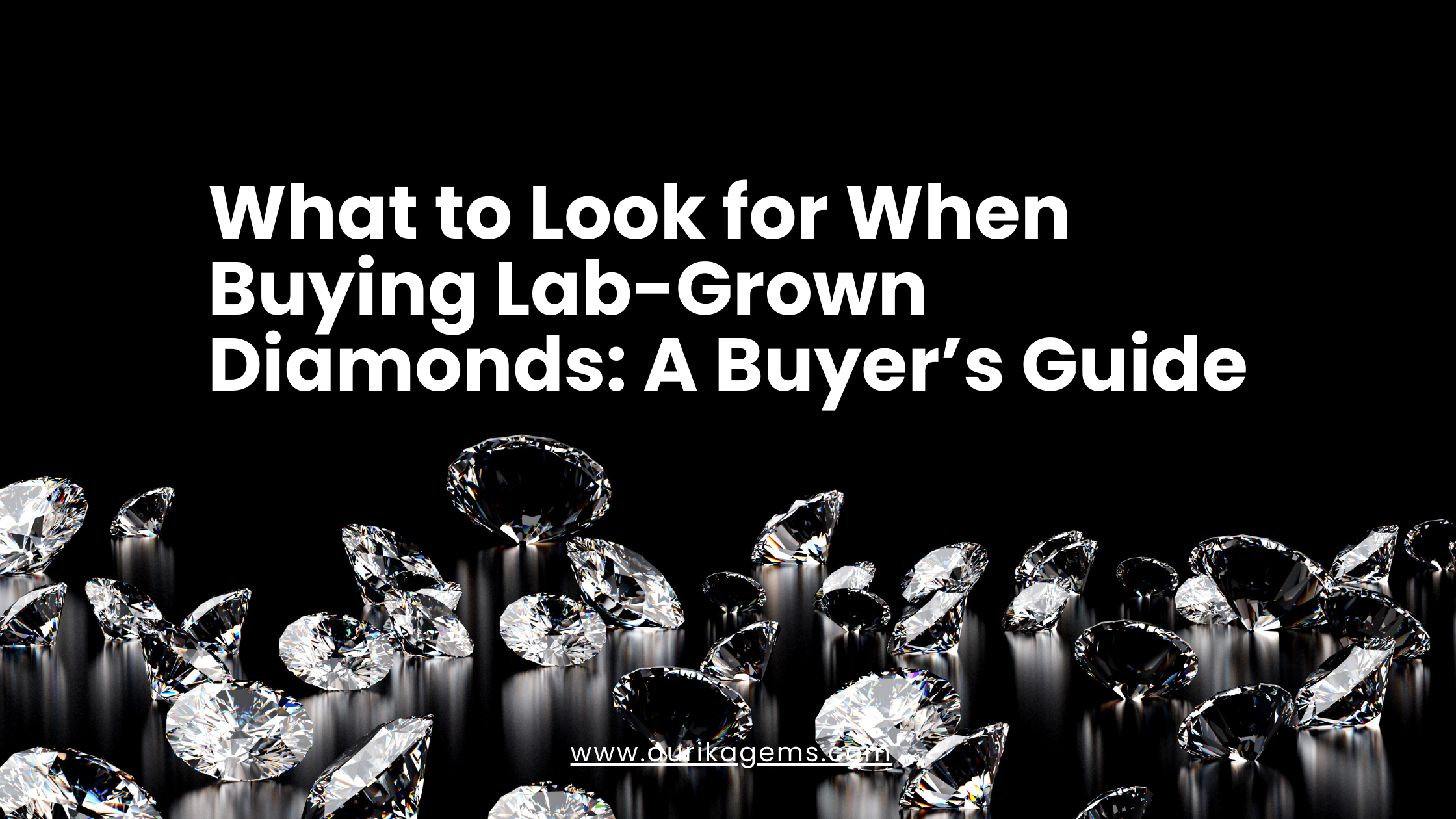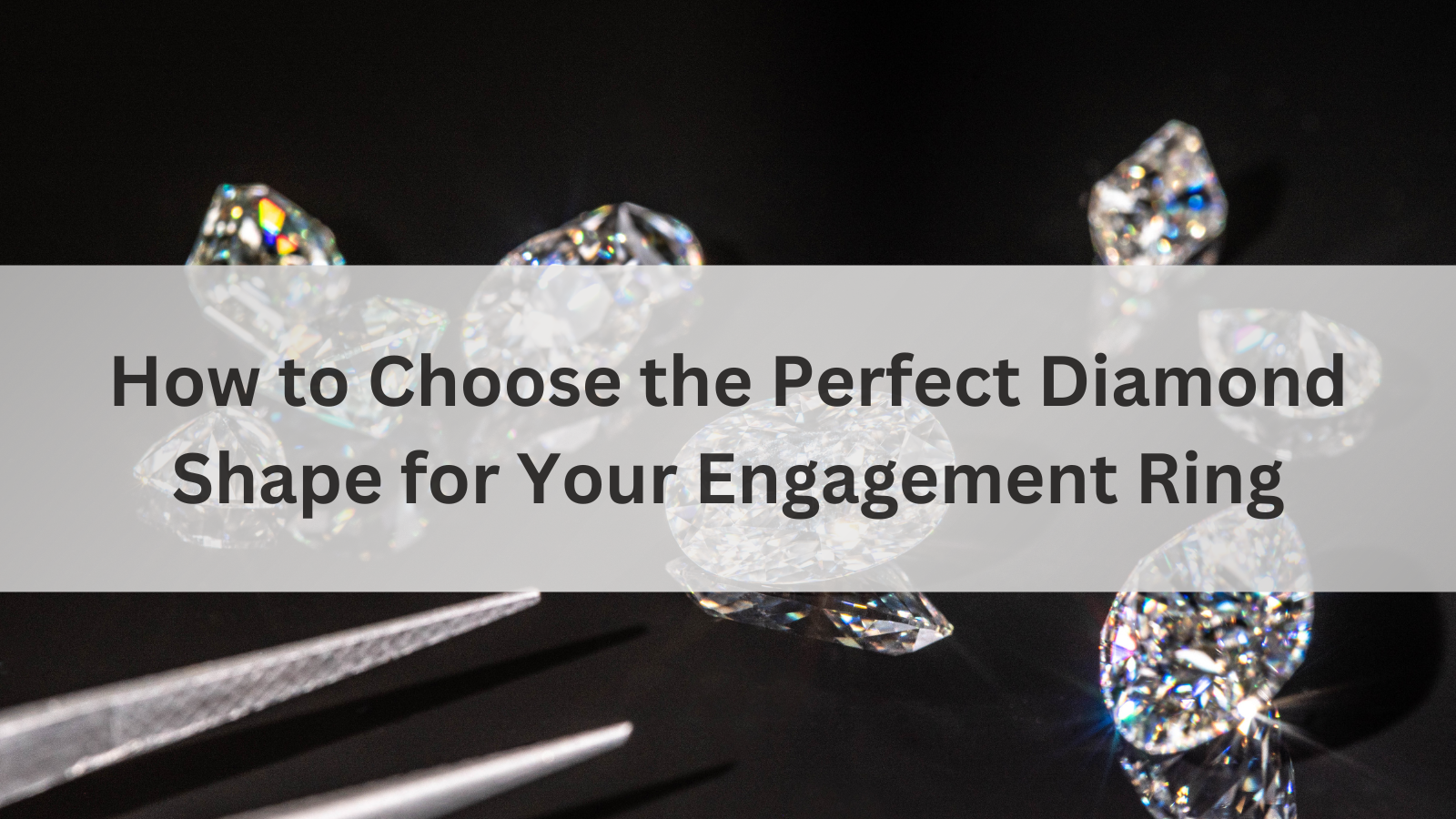
The Ultimate Guide to Engagement Rings: Everything You Need to Know
Choosing an engagement ring is a monumental decision that combines emotion, tradition, and style. Whether you’re planning a surprise proposal or shopping for a partner, understanding the nuances of engagement rings will help you make an informed choice. This guide covers everything from ring styles to diamond quality, ensuring you find the perfect symbol of your love.
Introduction to Engagement Rings
Engagement rings are more than just pieces of jewelry; they represent a commitment, a promise, and a shared future. With countless styles, materials, and options available, selecting the ideal ring can be overwhelming. This guide aims to simplify the process, offering insights into different types of rings, how to choose the right metal, understanding diamond shapes and cuts, the 4 Cs, and more.
By the end of this guide, you'll be equipped with all the knowledge needed to choose an engagement ring that perfectly reflects your love story.
Types of Engagement Rings
Engagement rings come in a variety of styles, each offering a unique expression of love and commitment. Here’s a breakdown of popular styles:
Solitaire Engagement RingsA classic choice, solitaire rings feature a single diamond set on a simple band. This timeless design emphasizes the beauty of the central stone and is perfect for those who appreciate minimalist elegance.

Halo rings surround the central diamond with a circle of smaller diamonds, enhancing its sparkle and making the center stone appear larger. This style offers a glamorous and eye-catching look.

Three-stone rings feature a trio of diamonds, symbolizing the past, present, and future of a relationship. This style can be customized with different diamond shapes and sizes.

Vintage Engagement Rings
Vintage rings often feature intricate designs and details inspired by past eras. Whether it's an Art Deco, Edwardian, or Victorian design, vintage rings offer a unique and nostalgic appeal.
Modern Engagement Rings
Modern engagement rings focus on contemporary designs, often incorporating geometric shapes and unique settings. These rings are ideal for those who prefer a more avant-garde look.

Custom rings allow you to create a one-of-a-kind piece tailored to your preferences. You can choose the diamond, setting, and band style to design a ring that’s truly personal.
Read More: Types of Engagement Rings
Choosing the Right Metal
The metal you choose for your engagement ring affects both its appearance and durability. Here’s a look at some popular options:
- Gold
- Yellow Gold: Traditional and classic, yellow gold is timeless and complements all skin tones.
- White Gold: With a sleek, silvery appearance, white gold offers a modern twist on classic gold.
- Rose Gold: Featuring a warm, pink hue, rose gold adds a romantic and vintage feel to your ring.
- Platinum
- Known for its durability and hypoallergenic properties, platinum is a premium choice. Its naturally white color makes it an excellent option for showcasing diamonds.
- Palladium
- Similar to platinum but lighter and more affordable, palladium offers a durable and hypoallergenic alternative.
- Titanium
- Lightweight and incredibly strong, titanium is ideal for those seeking a modern, durable option.
- Sterling Silver
- A budget-friendly choice, sterling silver offers a bright, shiny appearance but may require more maintenance to prevent tarnishing.
Read More: Choosing the Right Metal
Understanding Diamond Shapes and Cuts
Diamonds come in various shapes and cuts, each affecting their overall appearance:
- The most popular diamond shape, the round cut maximizes brilliance with its 58 facets. It’s a versatile choice that complements any setting.
- Known for its modern and edgy look, the princess cut features a square or rectangular shape with pointed corners, offering a contemporary appeal.

- With its step-cut facets and rectangular shape, the emerald cut highlights a diamond’s clarity and offers a sophisticated, vintage look.

- The oval cut provides a unique twist on the round cut, elongating the finger and offering a brilliant sparkle.
- Combining the round and marquise cuts, the pear shape resembles a teardrop and offers a distinctive, elegant look.
- Featuring rounded corners and larger facets, the cushion cut has a vintage charm and is known for its soft, romantic appearance.

Read More: Understanding Diamond Shapes and Cuts
The 4 Cs of Diamonds
Understanding the 4 Cs—Cut, Color, Clarity, and Carat weight—helps you evaluate the quality of a diamond:
- Cut
- Refers to how well the diamond has been cut and shaped. A well-cut diamond reflects light beautifully, maximizing its brilliance. The most common cuts include round, princess, and cushion.
- Color
- Diamonds are graded on a scale from D (colorless) to Z (yellow or brown). The less color a diamond has, the more valuable it is. For the highest quality, look for diamonds in the D-F range.
- Clarity
- Measures the presence of internal or external imperfections (inclusions and blemishes). Diamonds are graded from Flawless (no inclusions visible under 10x magnification) to Included (inclusions visible to the naked eye).
- Carat Weight
- Refers to the size of the diamond. Larger diamonds are more valuable, but carat weight should be considered alongside the other Cs to determine overall quality.
Read More: The 4 Cs of Diamonds
Custom vs. Ready-Made Engagement Rings
Custom Engagement Rings
- Pros: Personalized design, unique to the individual, allows for specific preferences and budget flexibility.
- Cons: Can be more time-consuming and costly. Requires clear communication with a jeweler.
Ready-Made Engagement Rings
- Pros: Often more affordable and quicker to purchase. Variety of styles available immediately.
- Cons: Less personal and may not fit unique preferences exactly.
Read More: Custom vs. Ready-Made Engagement Rings
How to Determine Your Ring Size
Getting the right ring size is crucial for comfort and fit. Here are some tips:
- Measure Your Finger
- Use a ring sizer or measure the circumference of your finger with a piece of string or a strip of paper. Compare this measurement to a ring size chart to find your size.
- Consider Seasonal Changes
- Finger size can change with temperature and weight fluctuations. Measure your finger at different times of the day and in different seasons to ensure accuracy.
- Visit a Jeweler
- For the most accurate measurement, visit a jeweler who can size your finger professionally.
Read More: How to Determine Your Ring Size
Setting a Budget
Determining a budget helps narrow down your choices and ensures you find a ring within your price range. Consider the following tips:
- Determine Your Budget Range
- Decide on a comfortable spending range. Remember, the cost of the ring should align with your financial situation and long-term goals.
- Prioritize Features
- Focus on what’s most important to you—whether it’s the size of the diamond, the quality of the metal, or a custom design.
- Explore Financing Options
- Some jewelers offer financing plans that can help manage the cost over time.
Read More: Setting a Budget
Ethical and Sustainable Options
Choosing ethical and sustainable options demonstrates a commitment to responsible practices:
- Lab-Grown Diamonds
- Created in a controlled environment, lab-grown diamonds offer the same quality and appearance as mined diamonds but are more affordable and environmentally friendly.
- Conflict-Free Diamonds
- Ensure your diamond is sourced from conflict-free regions to support ethical mining practices.
- Recycled Metals
- Opt for rings made from recycled metals to minimize environmental impact.
Read More: Ethical and Sustainable Options
How to Care for Your Engagement Ring
Proper care ensures your engagement ring remains beautiful for years to come:
- Regular Cleaning
- Clean your ring regularly with a mild soap and water solution. Use a soft brush to remove dirt from the setting.
- Professional Maintenance
- Have your ring checked by a jeweler periodically to ensure settings are secure and stones are in place.
- Safe Storage
- Store your ring in a soft cloth pouch or a jewelry box to prevent scratches and damage.
- Avoid Harsh Chemicals
- Remove your ring before using cleaning products, swimming, or engaging in activities that could expose it to harsh chemicals.
Read More: How to Care for Your Engagement Ring
ConclusionChoosing an engagement ring is a deeply personal experience that combines style, sentiment, and practicality. By understanding the different types of rings, metals, diamond qualities, and care tips, you’re well on your way to finding a ring that symbolizes your love and commitment.
For more detailed information on each topic, explore our related blog posts linked throughout this guide.
Happy ring shopping!


